Game description:
Red Finger drops the player into the role of an elevator operator in a decaying research facility buried deep underground. From the start, the game leans into discomfort through flickering lights, cryptic instructions, and outdated machinery. There's no guide, no context—only a glowing red switch and the endless dark below. What begins as a routine task quickly reveals signs of neglect, secrecy, and collapse. With each floor, the unease builds, not through what is shown, but through what’s left unsaid.
Design That Pushes Uncertainty
Movement is limited to short walks and simple interactions, but every environment feels intentionally wrong—cables exposed, numbers scrawled on scraps, and devices that hum too loud. The game doesn’t explain what happened in this facility, but visual fragments tell enough: abandoned tools, isolated platforms, warnings scribbled in panic. The red finger button becomes a focal point, a false symbol of control as the elevator keeps moving deeper into a structure designed for isolation. There’s no music, only machinery and static, letting silence carry the weight of tension.
Minimal Input, Maximum Weight
Red Finger’s strength is in how little it asks from the player. With only movement and a single point of interaction, it transforms repetition into dread. Each press of the button is a risk, each new floor an unanswered question. Built quickly for Ludum Dare 57, the game uses its constraints to strip horror down to essentials—space, noise, distance, and suspicion. It doesn't try to scare with surprises; instead, it lingers, letting the descent speak for itself.










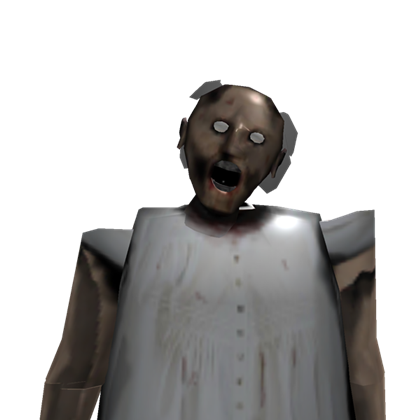





























































































































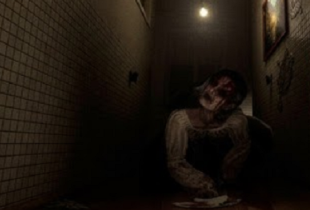
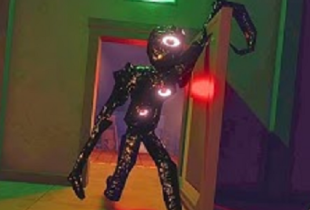


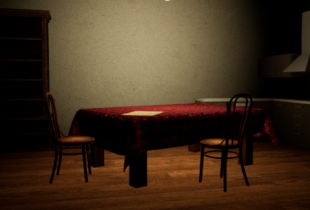
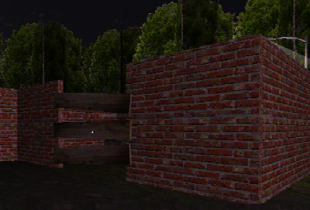
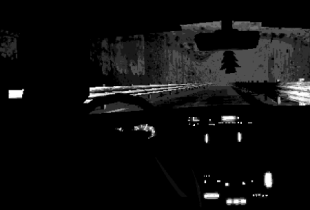
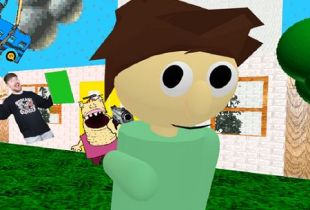
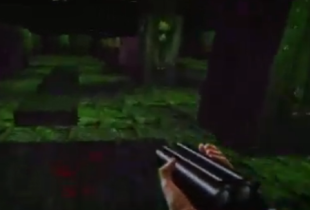

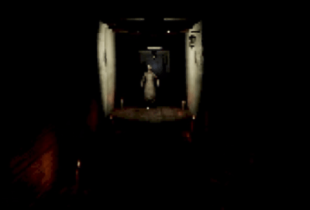
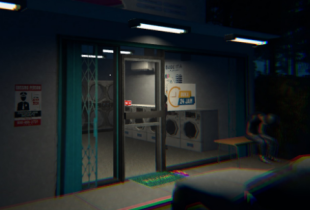
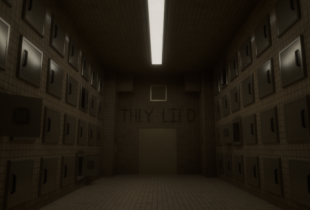
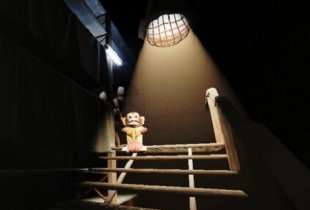
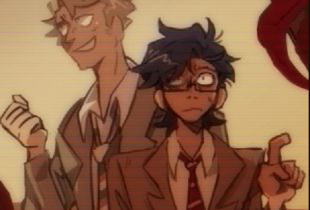
Comments